Jules Verne, often called the “Father of Science Fiction,” wrote novels in the 19th century that seemed to predict future technologies and discoveries with uncanny accuracy.
Verne’s visionary ideas not only entertained readers but also provided a fascinating glimpse into future innovations. His ability to foresee technological advancements remains a testament to his imagination and understanding of science.
1. Submarines
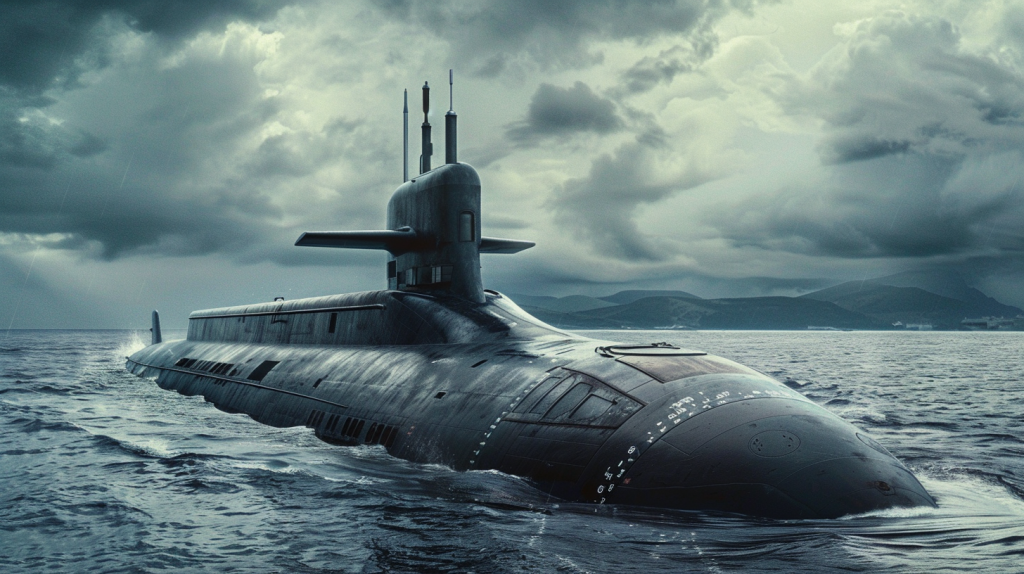
In his 1870 novel “Twenty Thousand Leagues Under the Sea,” Verne described the Nautilus, a submarine that closely resembles modern submarines in functionality and design. The Nautilus was capable of extended underwater travel, powered by electricity, which was visionary given the state of submarine technology at the time.
2. Space Travel

“From the Earth to the Moon” (1865) detailed a mission to the moon that included many elements of actual 20th-century space missions, such as a launch from Florida, weightlessness, and splashdown landings. Verne’s description of the projectile’s journey and the experience of the astronauts was surprisingly accurate.
3. Lunar Modules
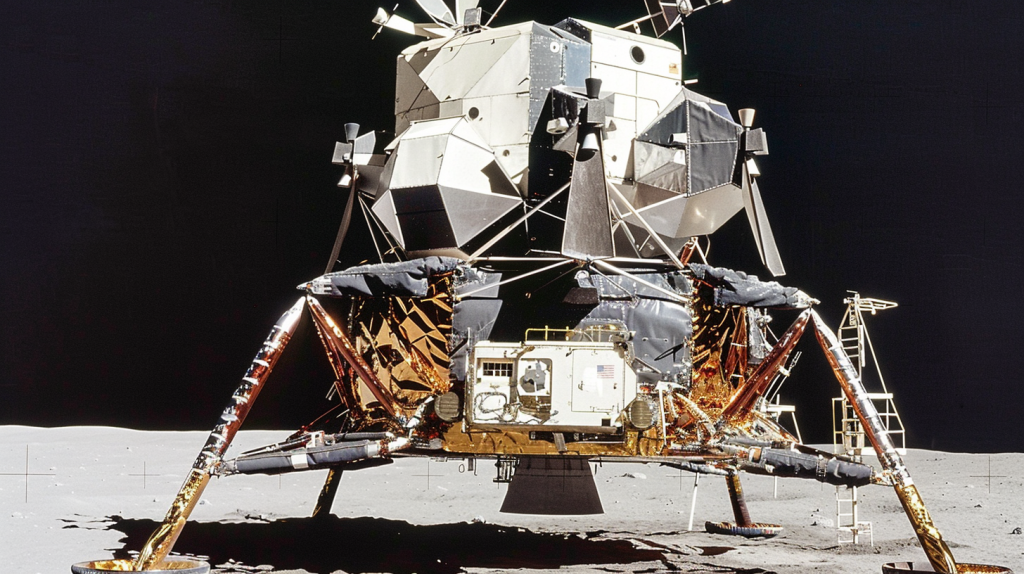
In “The Purchase of the North Pole” (1889), Verne wrote about a space cannon powerful enough to send a projectile to the moon. This concept mirrors the later development of rocket technology and lunar modules used in the Apollo missions.
4. Helicopters

In “Robur the Conqueror” (1886), Verne described an aircraft, the Albatross, that used rotating blades to lift off the ground, much like modern helicopters. At the time, flight was still a distant dream, yet Verne envisioned this method of vertical takeoff.
5. Video Conferencing

Verne predicted video conferencing in “In the Year 2889” (1889), where he described a “phonotelephote” that allowed people to see each other while talking from different locations. This concept predates the advent of video calls by over a century.
6. Solar Sails

In “From the Earth to the Moon,” Verne imagined spacecraft propelled by light pressure from the sun, a concept now explored in modern solar sail technology.
7. Electric Vehicles

Verne’s “The Mysterious Island” (1874) featured a vehicle powered by electricity. Today, electric cars are becoming increasingly common as we shift towards renewable energy sources.
8. Newscasting

In “The Begum’s Fortune” (1879), Verne described a world where news was broadcasted instantly to the public, anticipating modern news networks and the internet.
9. Underwater Breathing Apparatus
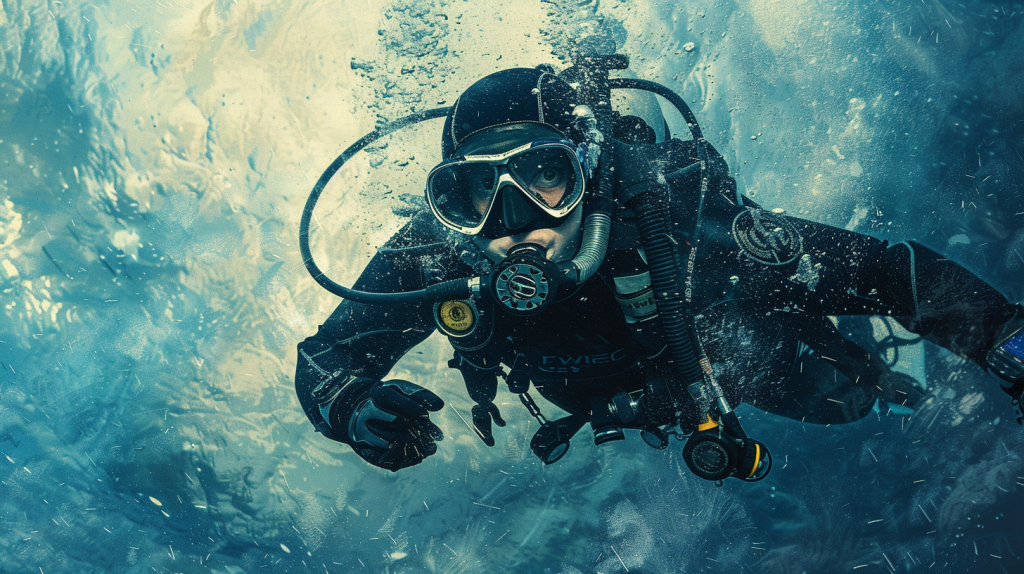
In “Twenty Thousand Leagues Under the Sea,” the divers used devices similar to modern scuba gear, allowing them to breathe underwater for extended periods. This concept was far ahead of its time and closely resembles contemporary scuba technology.
10. Electric Subways

“Paris in the Twentieth Century” (written in 1863 but published posthumously in 1994) envisioned a city with electric subways, which became a reality in major cities around the world in the 20th century.
11. Skywriting

In “The Chase of the Golden Meteor” (1908), Verne predicted skywriting, where messages are written in the sky by airplanes. This advertising method became popular in the 20th century.
12. Aircraft Carriers

In “The Master of the World” (1904), Verne imagined ships capable of carrying and launching aircraft, which are now a crucial part of modern naval fleets.
13. Television
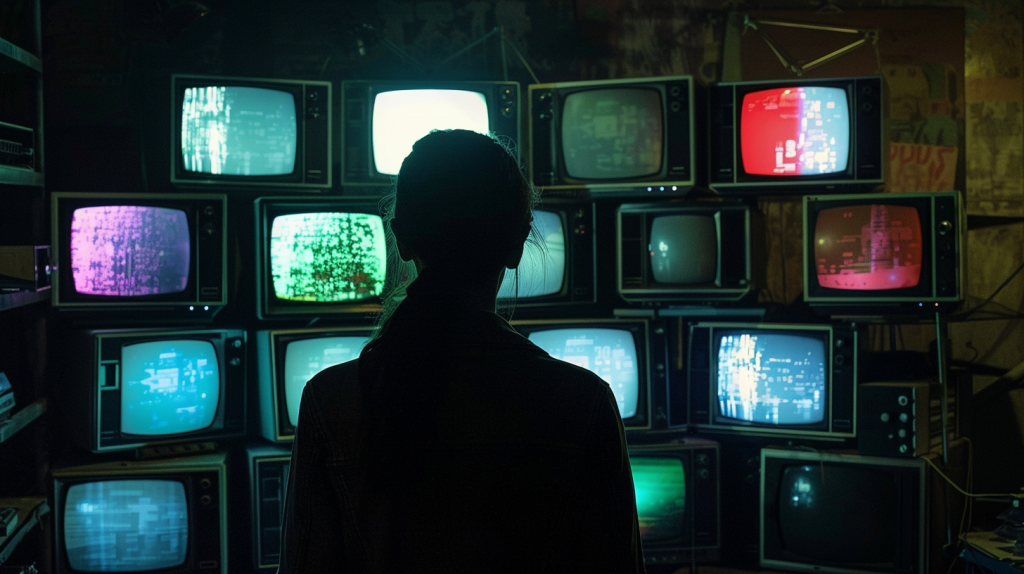
In “The Carpathian Castle” (1892), Verne described a device that could capture and display moving images, much like a television. This prediction came decades before television was invented.
14. Tasers
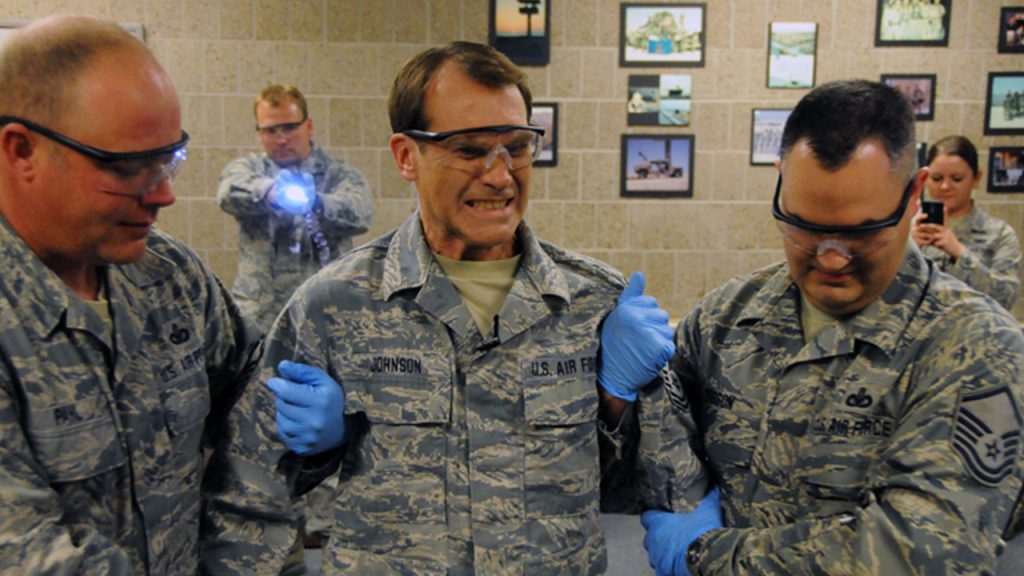
Verne’s “The Steam House” (1880) included a weapon that could incapacitate a person with an electric shock, similar to modern tasers used by law enforcement today.
15. Holography

In “The Carpathian Castle,” Verne also depicted the use of projected images to create realistic illusions, a precursor to modern holography and augmented reality technologies.
Ellen has been obsessed with logic puzzles, jigsaws, and cryptograms since she was a kid. After learning she was taught how to play chess wrong by a family friend (so they could win), she joined her school chess club and the rest is history.

